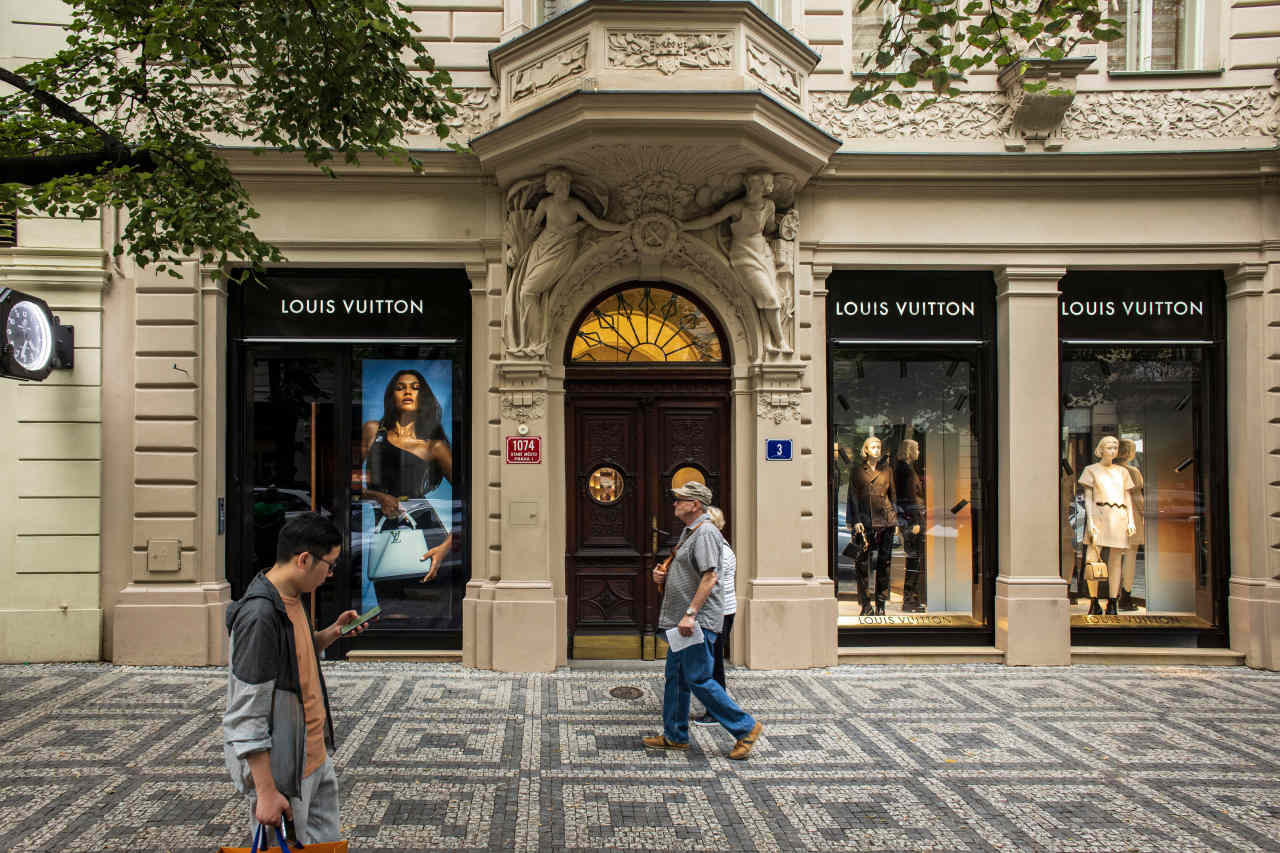Changing Luxury Markets: Strategies for Investors in 2024

Recent shifts in consumer behavior have prompted significant changes in the luxury goods market. With a rising emphasis on sustainability and value, investors are reassessing their strategies to navigate this evolving landscape. Major luxury brands such as LVMH, Kering, and Richemont are adapting to these trends, which could present both challenges and opportunities for savvy investors.
The luxury goods sector has experienced a dramatic transformation in the past few years. According to a report by Morgan Stanley, the industry is projected to grow at a rate of 5% to 10% annually through 2025, driven primarily by demand in key markets such as China and the United States. However, the landscape is not what it used to be. Consumers are increasingly prioritizing ethical sourcing and sustainability over traditional luxury markers, such as exclusivity and high price tags.
Shifts in Consumer Preferences
A recent survey conducted by UBS revealed that nearly 60% of luxury consumers are willing to pay a premium for sustainable products. This shift reflects a broader trend where consumers are more conscious of the environmental and social impact of their purchases. As a result, brands that fail to address these concerns risk losing market share.
For instance, LVMH, known for its iconic brands, has invested heavily in sustainable practices, from sourcing materials more responsibly to implementing eco-friendly production techniques. Similarly, Kering has committed to transparency in its supply chain, showcasing its efforts to reduce carbon emissions and promote ethical labor practices. These brands are leading the way in demonstrating how sustainability can coexist with luxury, making them attractive options for investments.
Investment Strategies for the New Era
As the luxury market evolves, investment strategies must also adapt. Analysts recommend focusing on companies that are ahead in sustainability initiatives and consumer engagement. Brands that have established a strong digital presence, particularly in e-commerce, are likely to outperform their competitors.
Investors should also consider diversifying their portfolios to include emerging luxury markets. The demand for luxury goods in regions such as Asia and the Middle East is on the rise, which presents opportunities for growth. Notably, China remains a crucial market, with luxury spending expected to increase significantly over the next few years.
In addition, it is essential to monitor economic indicators and consumer sentiment closely. The luxury market is sensitive to changes in disposable income and economic stability. As inflation and other economic factors come into play, understanding their impact on consumer spending will be vital for making informed investment decisions.
In conclusion, while the luxury goods market is undergoing foundational changes, there are still viable opportunities for investment. By focusing on sustainability, digital innovation, and emerging markets, investors can position themselves to benefit from this dynamic sector. The luxury landscape may not be what it once was, but with the right strategies, it can still yield substantial rewards.






